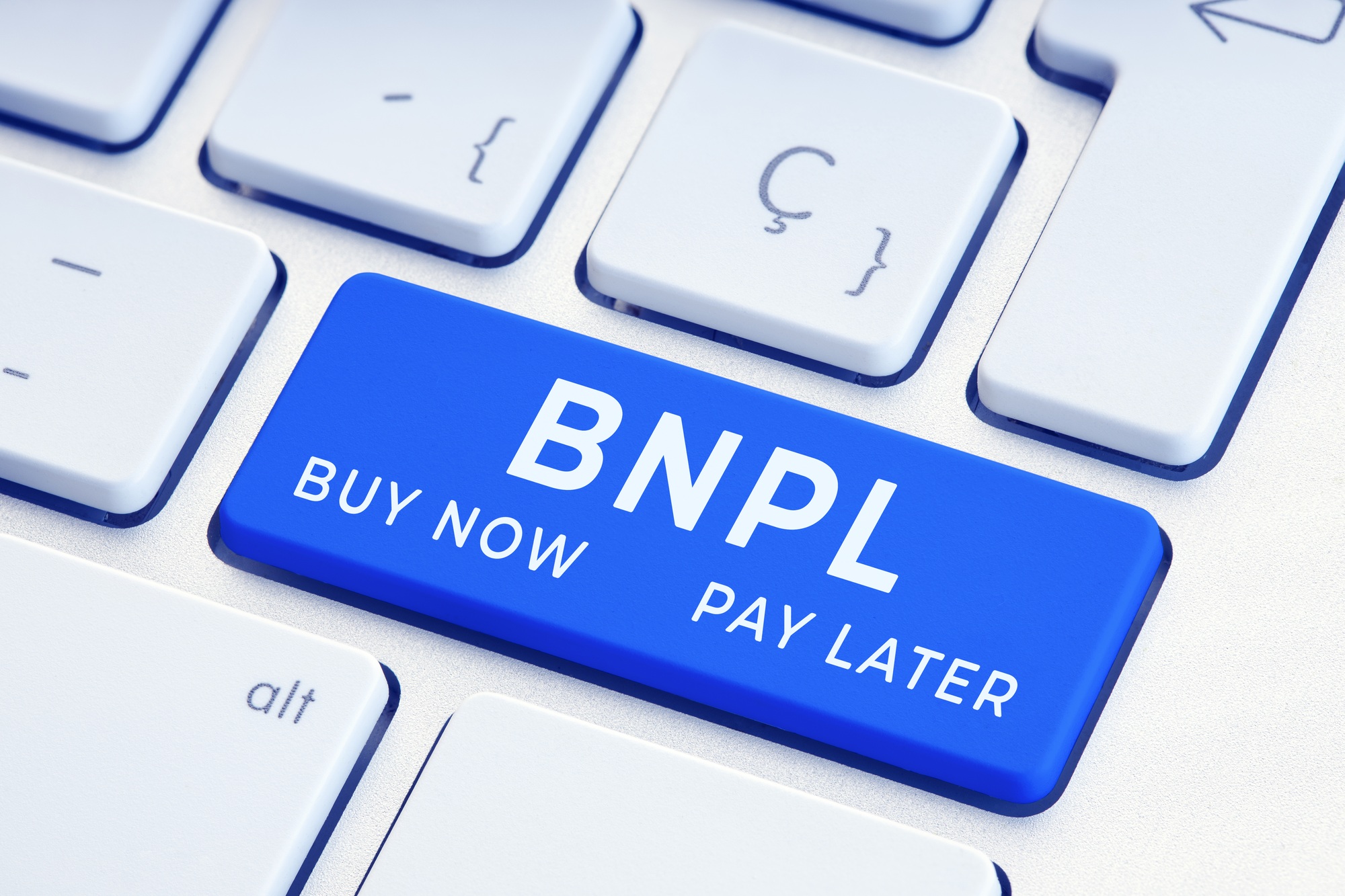Financial experts are raising concerns about the rapid growth of ‘Buy Now, Pay Later’ (BNPL) services, which are increasingly popular among young Americans. These services, which allow consumers to purchase items and pay in installments over time, are being scrutinized for their potential to lead to financial distress among vulnerable demographics.
Recently, the trend of using BNPL services has surged, driven by increased online shopping and the appeal of deferred payments without interest for short periods. Despite their convenience, these services often come with hidden fees, late charges, and the risk of accumulating significant debt. Experts warn that many young consumers lack the financial literacy necessary to manage these installment plans responsibly, which can result in long-term financial consequences.
According to financial analysts and consumer advocates, BNPL services are not regulated as strictly as traditional credit cards or loans, making it easier for young users to fall into debt cycles. The lack of clear disclosures and understanding of repayment obligations exacerbates the problem, leading to situations where young borrowers overextend themselves financially, sometimes resulting in default or damage to credit scores.
Market data indicates that the BNPL industry has seen exponential growth in recent years, with companies like Affirm, Afterpay, and Klarna expanding rapidly. This growth is partly driven by retailers offering BNPL options at checkout, which boosts sales but also increases consumer debt levels. Critics argue that this expansion could pose systemic risks to financial stability if not properly managed or regulated.
There is growing concern among policymakers that BNPL services could contribute to a rise in consumer debt and financial hardship among young Americans. Some states are considering legislation to impose stricter regulations on these services, including clear disclosures and limits on repayment terms.
Financial institutions and credit bureaus are also paying close attention. They are evaluating whether BNPL usage should be reported to credit agencies, which could impact credit scores and borrowing capacity. Meanwhile, consumer education campaigns are being promoted to help young users understand the risks involved.
What to watch next: Experts anticipate increased regulation of BNPL services, potential legislative actions, and further research into their long-term impacts on consumer debt and financial health. Monitoring these developments is crucial for young Americans and financial institutions alike.
What is the primary risk associated with BNPL services for young consumers?
The primary risk is that young consumers may incur unsustainable debt levels due to lack of financial literacy and hidden fees, leading to long-term financial hardship.
How are regulators responding to the rise of BNPL services?
Regulators are considering implementing stricter regulations, such as requiring clear disclosures and capping repayment terms, to protect consumers from excessive debt.
What can young Americans do to protect themselves from the risks of BNPL?
Young consumers should educate themselves about the terms and fees associated with BNPL services and avoid overspending or taking on more debt than they can afford to repay comfortably.







